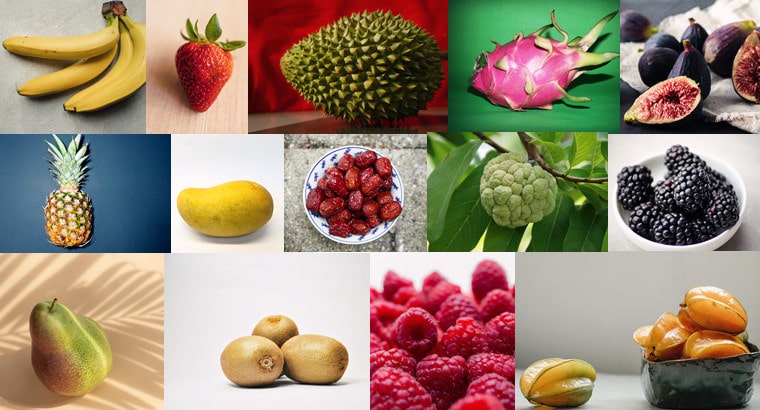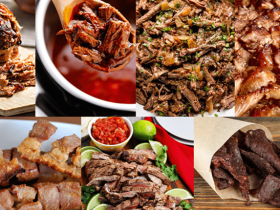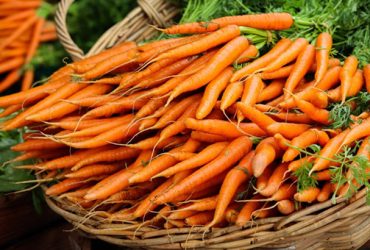Oranges, apples, cantaloupes, cherries, lemon, litchees, the list of round fruits goes on. But nature’s a versatile chef with a limitless collection of shapes. It may seem like a weird topic but non-round fruits are fascinating.
They have different textures, there’s a different way to open them, and they’re usually more exotic. Here’s a quick compilation of just some of the fruits that aren’t round.
14 Fruits That Aren’t Round
1. Banana

Possibly the first fruit that pops into your head when you think about fruits that aren’t round. A banana is the furthest from round fruit can get, but that’s not why you remember bananas. It’s because bananas are delicious.
They’re soft, sweet, and have a unique flavor that goes well with a number of foods and drinks. They’re naturally packaged in a way that makes them easy to peel and eat. Arguably the most popular non-round fruit, and on the merits of its flavor.
Bananas are thin and have a curved shape due to a geo process known as negative geotropism. In this process, bananas stop growing towards the ground and start to turn towards the sun. This defiance of gravity gives it its unique “C” shape.
2. Strawberry
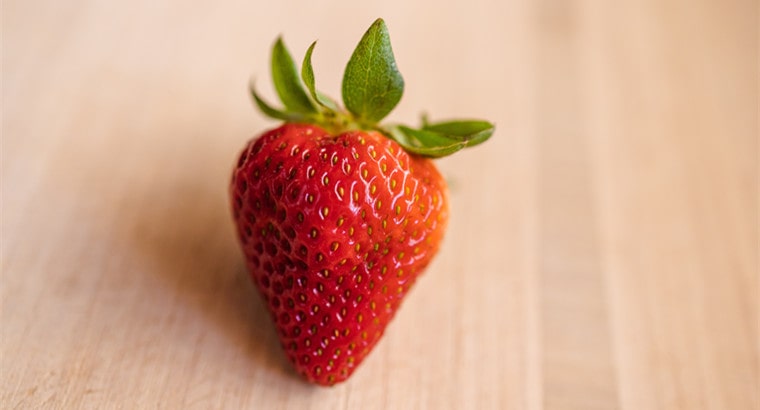
Strawberries are one of the few fruits that grow their seeds outside the body. Strawberries can come in many different shapes but are generally conical, with a crown at the thick end.
They’re green in color at the time of growth but turn bright red as they ripen. They are sweet, sour, and sometimes a little bitter in taste depending on the variety you buy.
On the nutrition front, strawberries are rich in vitamin C, manganese, and potassium. They’re also rich in antioxidants and contain plant compounds that have been linked to a lower risk of cardiovascular disease and diabetes.
3. Pineapple

Pineapples look like the rockstars of the fruit world with their bright yellow coats and spiky green crown. They’re round, thick, and covered in spikes. Pineapples are considered multiple fruits because they form as a process of hundreds of flowers coming together in one cluster. Each section of pineapple used to be an individual flower.
Although they’re grown throughout the world today, pineapples are indigenous to South America. They take up to 3 years to fully grow and require long sunny days so they’re generally only grown in tropical climates.
Pineapples have a pretty impressive nutrition profile as they’re loaded with vitamin C, B6, manganese, and potassium, along with a number of useful compounds that aid digestion and immunity.
4. Pear
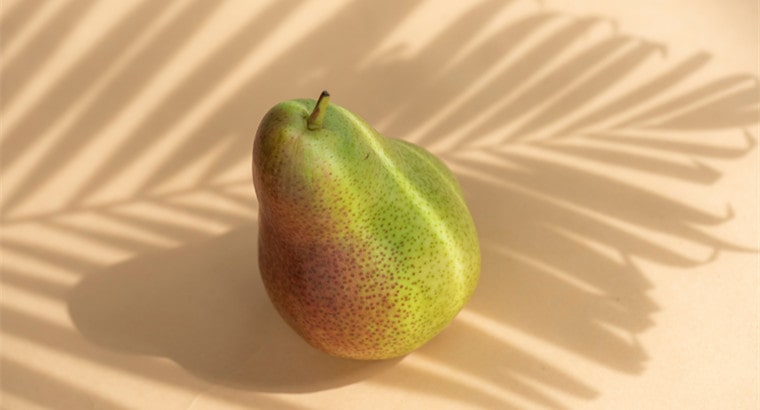
Pears are similar to apples but have a pointed top with an elongated and round bottom. They have a mild flavor, are often sweet and soft to eat, and are consumed throughout the world. Pears are also rich in essential antioxidants and dietary fiber. They’re packed with nutrients and are fat-free and cholesterol-free and all in a package of 100 calories.
It is estimated that there are about 3000 varieties of pears that are grown worldwide. The United States is the largest producer of pears in the entire world. The best time to consume pears is during late summer into October when they’re harvested.
5. Mango

Who doesn’t love mangos? They’re arguably the sweetest, most succulent of all the fruits, round or non-round. Mangoes have a really soft texture that cuts through like butter.
They’re roughly oval with uneven sides, and sometimes have a pointy end that sticks out like a small hook. Mangoes start off green but become softer and turn a bright orange or golden after they ripen.
Mangoes are considered a drupe fruit because the fleshy part surrounds a stone-like seed. Today, mangoes are grown all across the world and there are over 1500 varieties. However, it’s believed that mangoes first originated from the region between Myanmar, Bangladesh, and northeastern India.
6. Durian

Durians have the toughest skin of all the fruits in the world. So tough that if you didn’t know what a durian was you’d think there was nothing but bone underneath. It takes a machete to hack through and open a Durian.
Because of its spiky exterior, durian comes under fruits that aren’t round. But the inside of the Durian is actually a soft and sweet, creamy custard-like fruit with subtle hints of chive and garlic.
Durians are believed to have originated in the wild trees of the Malaysian Peninsula. They’re used in a variety of Asian dishes because of their unique flavor profile that blends well with curries and spices. In terms of nutritional value, durians are rich in carbohydrates, iron, copper, and manganese.
7. Star Fruit
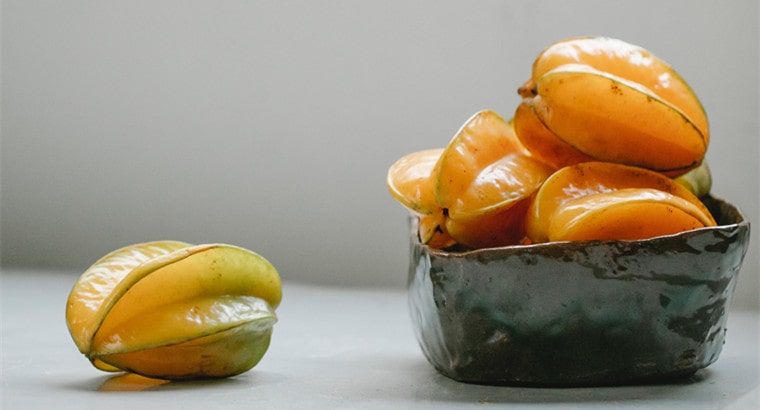
Star fruits, also known as Carambola, have a one-of-a-kind shape. The cross-section of star fruit is shaped like a star and it elongates to the bottom with curved edges. They’re indigenous to the island of Sri Lanka but can be grown in all tropical and subtropical climates.
The skin of star fruit is edible and the flesh is soft and sweet with a mild sour flavor. It takes 3-4 years for a newly planted star fruit tree to yield fruits. A mature tree can give you about 200 to 400 pounds of fruit per year. Star fruits are a rich source of vitamins C, B2, and B6 and minerals like zinc, potassium, phosphorus, and iron.
8. Dragon Fruit

Dragon fruits are round and look like a goblet of fire. They’re called dragon fruits because the round shape, pointy scales, and bright purple-pinkish color loosely resemble a dragon. To give you a clearer image, picture a pink artichoke with pointy scales.
Dragon fruits are native to southern Mexico and South-Central America. They grow on a cactus plant that requires warm, humid climates in order to flourish. In terms of taste, it’s a cross between a cantaloupe and a pear. The sweetness is mild but the texture is really soft. Plus, did you know its flower buds are edible too?
9. Kiwi

Kiwis are the most prominent products of New Zealand, and they’re also native to New Zealand, just like the kiwi bird they’re named after. Just like the bird, the kiwi fruit has an egg-shaped body with a fuzzy brown exterior. They contain as much potassium as bananas and even more vitamin C than oranges.
Kiwis taste like dragon fruits but are much sweeter and green on the inside. Not only are they consumed as food, but because of the abundance of vitamins and alpha-hydroxy fruit acids, kiwis are used in all kinds of DIY face masks and skincare products as they help exfoliate and rejuvenate the skin.
10. Fig

Figs are a member of the mulberry family. While they bear some resemblance to onions on the outside, the insides are far different. Ripe figs are tender, juicy, and taste like honey with a hint of berry. The common fig is said to be indigenous to the area that stretches from Asiatic Turkey to North India.
Dried figs are rich in nutrients like calcium, potassium, zinc, copper, selenium, and vitamins A and K. All of these nutrients are essential for blood cell production in the body. Figs are also naturally high in sugars and have soluble fiber that aids in digestion. There are a number of health benefits to consuming figs.
11. Raspberry
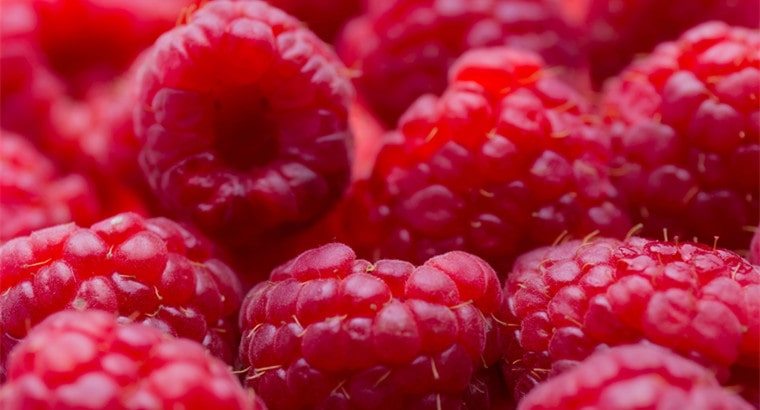
Unlike grapes and blueberries, raspberries are not true berries. Rather, they’re similar to pineapples and are made up of a cluster of several flowers called drupelets, each containing one seed. Raspberries are shaped like strawberries and can sometimes be difficult to distinguish. But if you look closely, raspberries have many sections on their skin.
In terms of taste, they’ve been described as both tart and sweet. Raspberries are often added to desserts and yogurts to enhance the flavor. They’re a good source of vitamin C and other important minerals.
12. Blackberry

Blackberries, like raspberry and pineapple, are also multi fruits. It’s a lot more obvious with a blackberry than a raspberry. Blackberries have no fixed shape. Sometimes they’re round, or oval, or have an irregular shape, and they look like they’re made up of tiny 8-balls.
Blackberries have been noted for their significant content of dietary fiber and vitamins C and K. At the moment, Mexico is the leading producer of blackberries across the world, although they’re native to Northeast America. They require a subtropical climate to grow.
13. Dates

Also known as date palm, dates are a type of sweet, large raisin-like fruits that are indigenous to the middle-east. It is believed that Dates are the oldest cultivated fruit in the world. They’re oval-shaped but usually shriveled, and they have a sweet, soft flesh with a seed at the center but no juice.
Date palms cover 3% of the Earth’s surface. They’re incredibly widespread in all tropical/subtropical climates. Dates are a good source of antioxidants such as carotenoids and phenolics.
14. Cherimoya
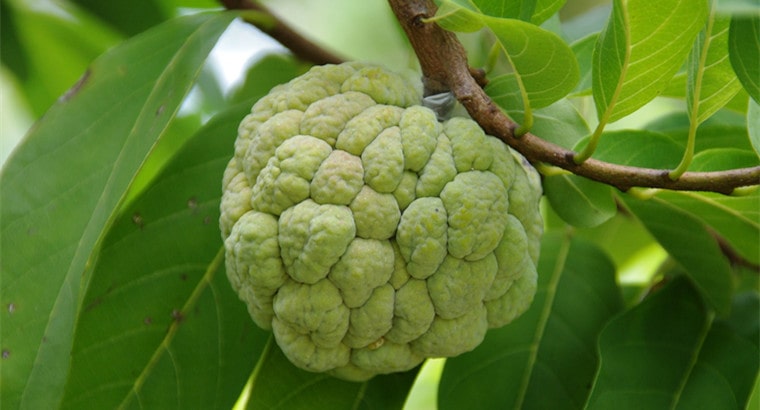
Also known as custard apples, cherimoyas are green, cone-shaped fruit. They have leathery outer skins with scale-like sections. However, it is not a multiple fruit.
Cherimoyas have soft flesh and creamy texture, and they taste like a cross between bananas and pineapples. The seeds, when crushed, are said to be toxic to humans so they must always be spat out.
Cherimoyas have a number of health benefits. They help maintain healthy blood pressure, are rich in nutrients like potassium and magnesium, reduce the risk of cancer, and boost immunity.
A Few Parting Words
Now you know more about fruits that aren’t round. Hopefully, this list will inspire your next grocery list to be more diverse. Fruits with the wildest shapes tend to have more exciting flavors. Can you think of any more fruits that aren’t round?


